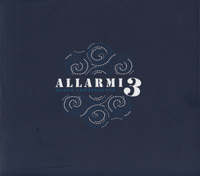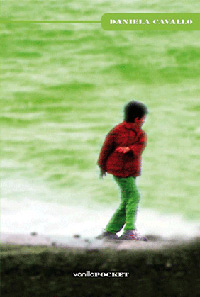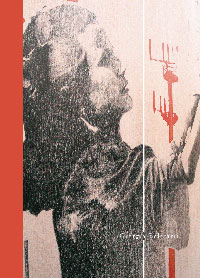Headline: The abstract sign. The Palpacelli collection from Avenali to Scialoja
Authors / artists: AA.VV.
Texts: Alessandro Brodini, Margherita Fratarcangeli, Simona Battisti, Isabella Colucci, Simone D'Ambrosi, Antonella Lazzaro, Giovanna Cappelli
Language: Italian
Year: 2015-2017
ISBN: 978-88-6057-306-3
Size: cm 21×29,7
Binding: paperback binding
Pages: 160
Price: € 30.00
Also available in ebook:
ISBN: 978-88-6057-269-1
Format: PDF
Price: free download
Published on the occasion of the exhibition “The abstract sign. The Palpacelli collection from Avenali to Scialoja ”, curated by Alessandro Brodini and Margherita Fratarcangeli, Frascati, Tuscolano Museum - Aldobrandini Stables, 8 February - 1 March 2015.
Ninety years ago Francesco Palpacelli was born (Fiuggi 1925 – Rome 1999). The figure so round, a little less than a century, it's just a coincidence: this exhibition does not intend to celebrate any anniversary, a fashion now so widespread that almost every month there seems to be someone to remember. The goal is, instead, more ambitious. For the first time, in fact, we want to pay homage not only to the figure of Francesco Palpacelli as architect, but also to his passion - shared with his wife Gabriella Riccio - for art.
After all, some initiatives have already taken place on Palpacelli and his activity as a designer, whose laudable purpose was to draw from the shadows a talented architect who in life had not received enough attention. From 2001, with the tireless involvement of Mrs. Riccio Palpacelli, some exhibitions and publications have been promoted that have tried to make the architect's professional activity known to the general public.
But still few know that, in addition to architecture, Palpacelli had many other passions. One of these was precisely art. In the studio in via Giulia, conducted by Palpacelli over the course of thirty years (1967-1997), around the drawing tables transformed into convivial tables, they took turns, as in a kaleidoscope, personalities of the caliber of Marcello Avenali, Alfonso Gatto, Sergio Musmeci, Carlo Scarpa, Toti Scialoja and many others. In this group the friendships were never separated from those of professional esteem and so the Palpacellis began, soon piano, to collect the works of art of the artist-friends who frequented their club.
Sometimes, with the lightness of a joke, designs flourished on a restaurant menu or a wine-stained tablecloth; other times, with the seriousness of professional collecting, paintings were bought which had been displayed in exhibitions, perhaps those set up in the nearby Galleria Giulia. And so the collection of Gabriella and Francesco Palpacelli has exceeded over one hundred works. Apart from a few small "losses", the collection still retains its original compactness and, mostly, it has never been exhibited to the public.







